A few decades ago, the Zamora catfish was the most commonly imported driftwood catfish. At that time it was identified as Auchenipterichthys thoracatus. It was not until 2005 that it was discovered that although the species A. thoracatus exists, it is not identical to the Zamora catfish. Its correct name is Auchenipterichthys coracoideus. While A. coracoideus is widely distributed in Amazonia (Brazil, Peru, Colombia and Ecuador), A. thoracatus is restricted to the upper Rio Madeira (Brazil and Bolivia). There are no significant differences in color between A. thoracatus and A. coracoideus. The former usually has more than 25 divided anal fin rays, A. coracoideus typically less than 26 (there are exceptions in both cases). More important is a feature that is hardly recognizable in the living animal, namely the part of the coracoid bone above the skin, a bone of the shoulder girdle that protrudes on the ventral side between the pectoral fins. The (visible part of the) coracoid is a good twice as long in A. thoracatus as in A. coracoideus.
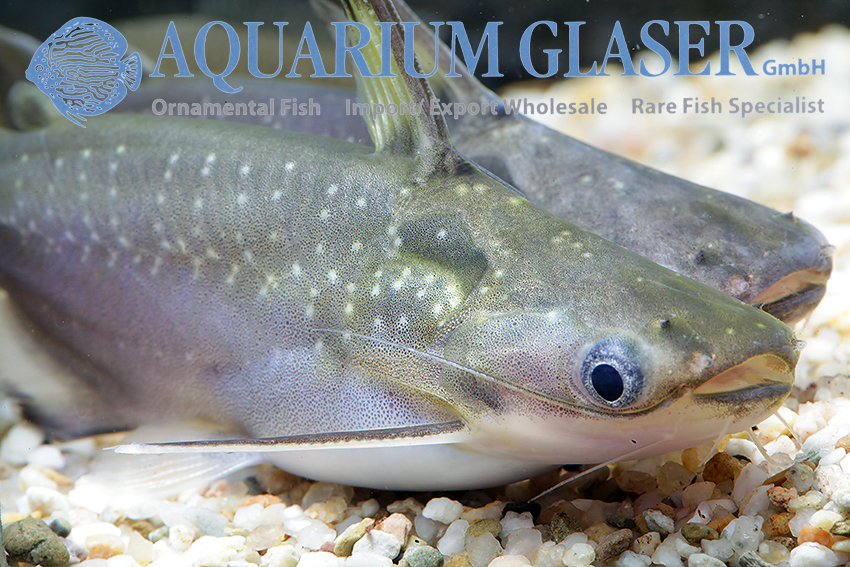
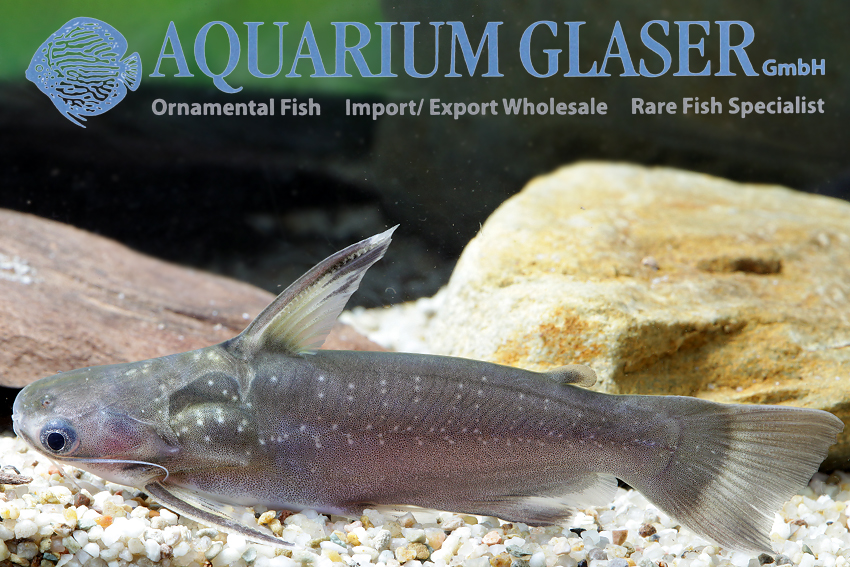
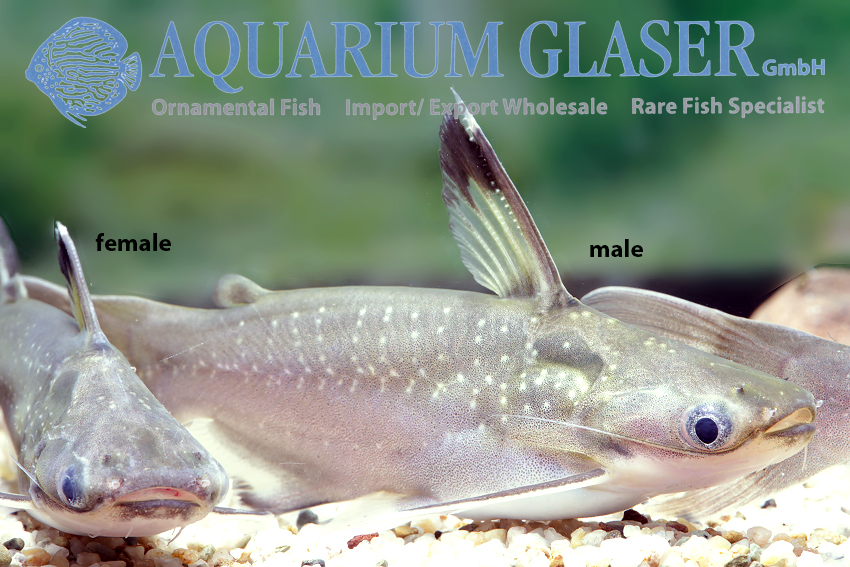
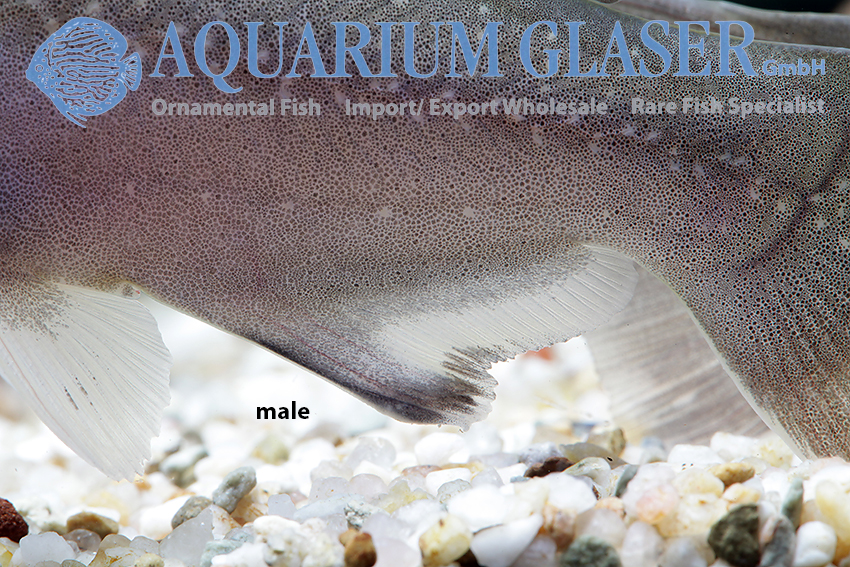
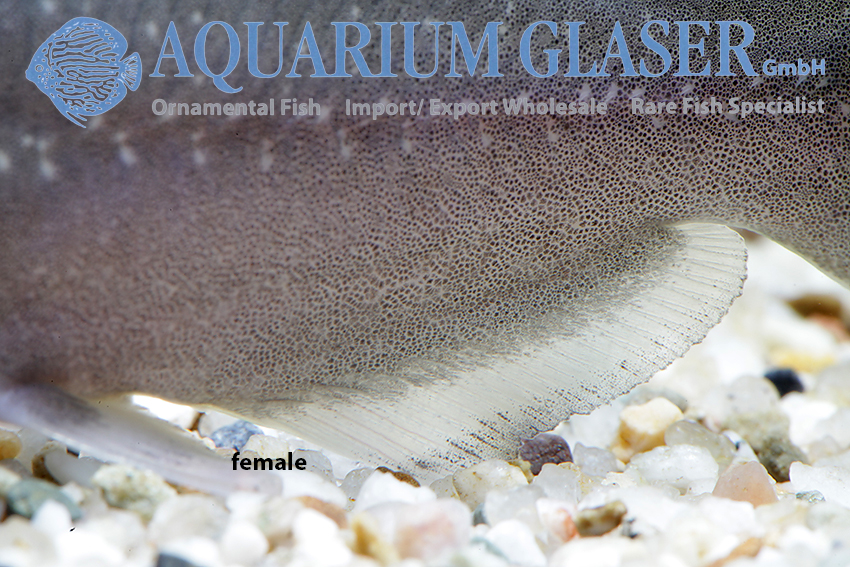
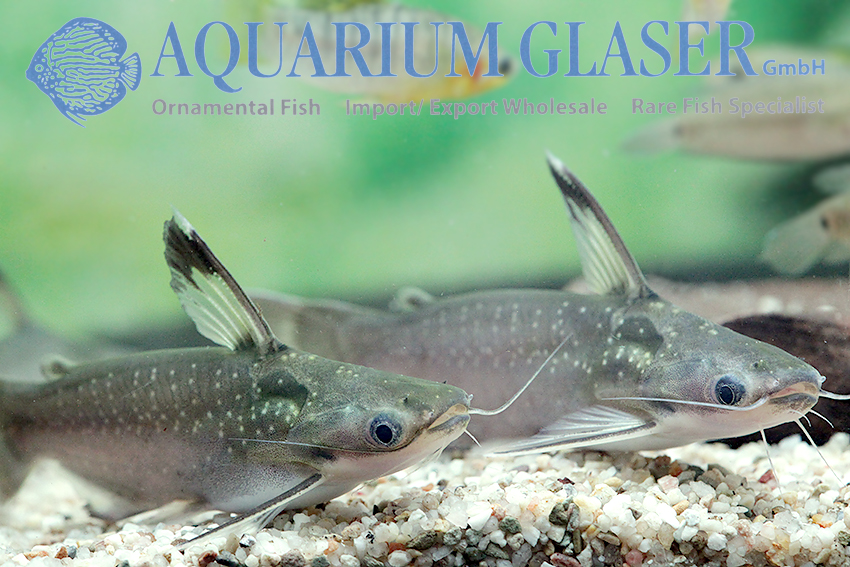
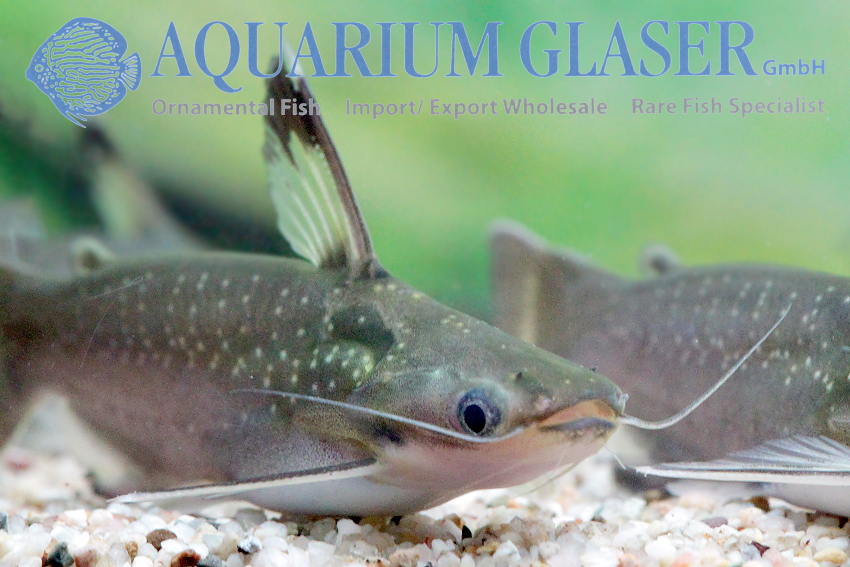
Much more important than the name is the question of how to care for and breed these pretty animals. Fortunately, both are completely problem-free. Any tap water suitable for drinking is sufficient for keeping them, the temperature should preferably be in the range 24-28°C. These catfish are undemanding omnivores that ignore plants. Very small fish are regarded as food by the catfish, which grow to a maximum length of 13 cm, otherwise they are peaceful. Unfortunately, A. coracoideus are strictly nocturnal and can usually only be seen outside their hiding places during the day when feeding.
Zamora catfishes belong to the group of the driftwood catfishes and carry out internal fertilization. For this purpose, the foremost anal fin rays of the males – similar to those of livebearing toothcarps – are transformed into a thickened mating organ. This makes it easy to distinguish the sexes. In addition, the dorsal fin spine of A. coracoideus males is elongated at spawning time. The females spawn in caves without the male being present and appear to guard the clutch until the young hatch; it is certain that they often stay in the spawning cave and do not eat the spawn. For breeding, it can be helpful to lower the pH to the slightly acidic range (pH 5.5 to 6.5), but whether this is absolutely necessary has not been researched.
For our customers: the Zamora catfish has code 209704 on our stocklist. Please note that we only supply the wholesale trade.
Text & photos: Frank Schäfer




